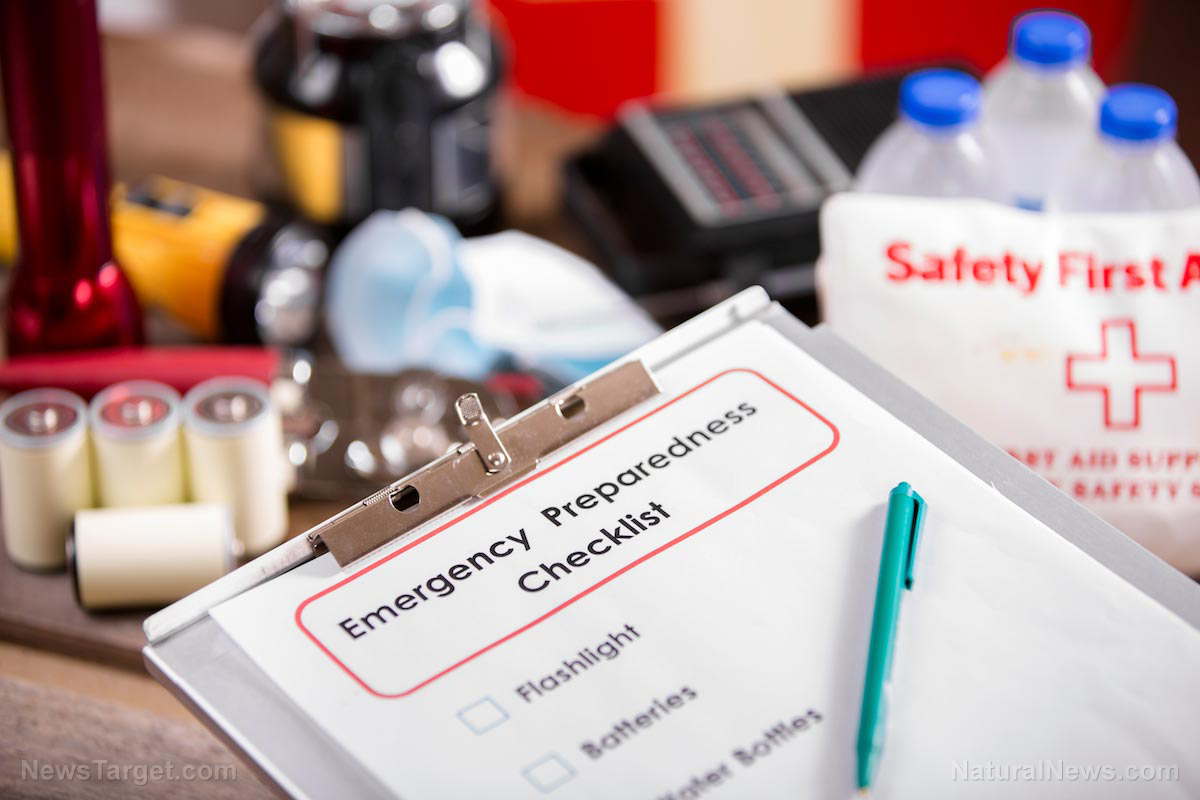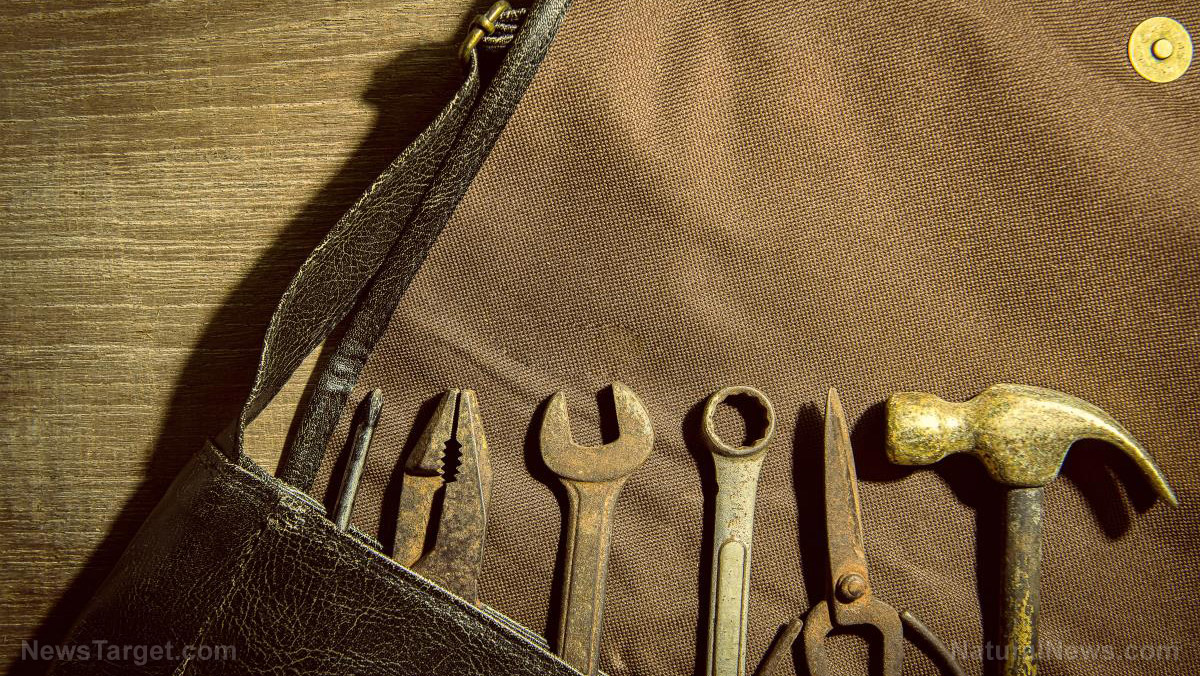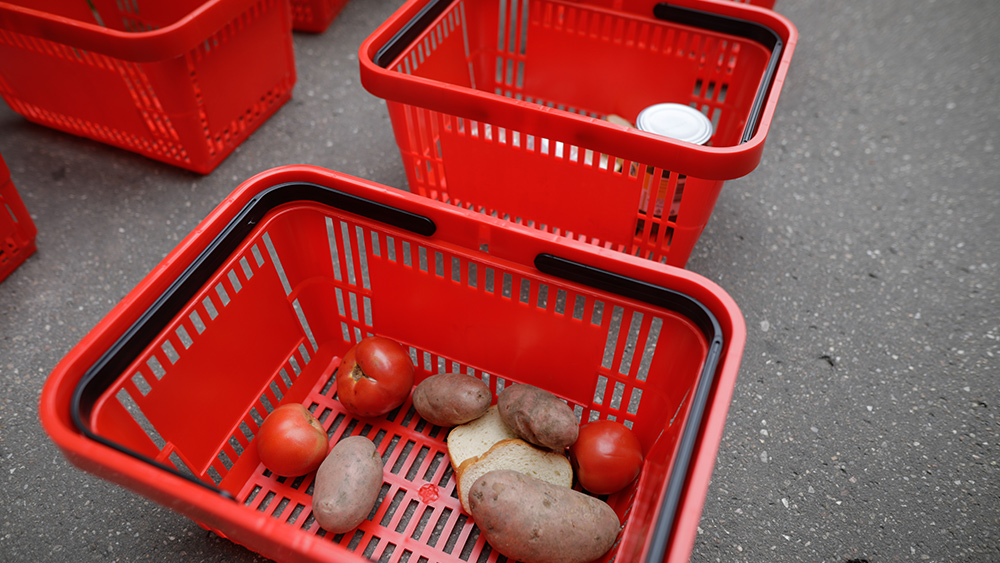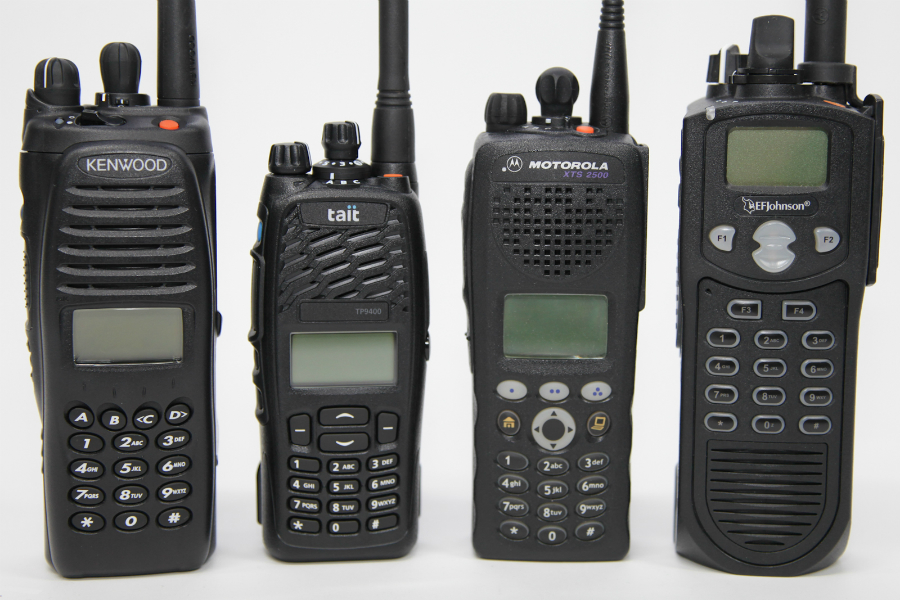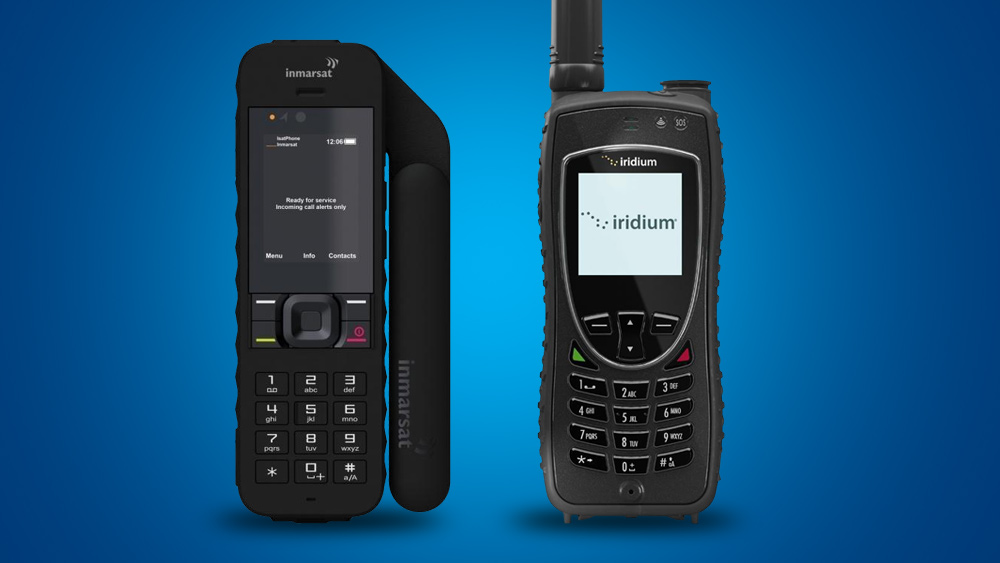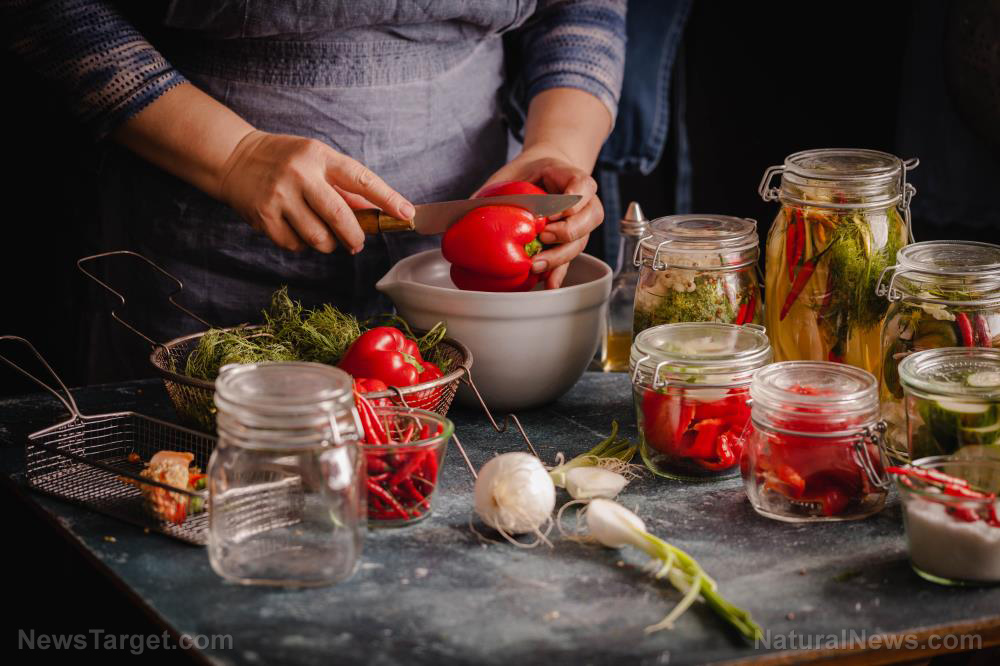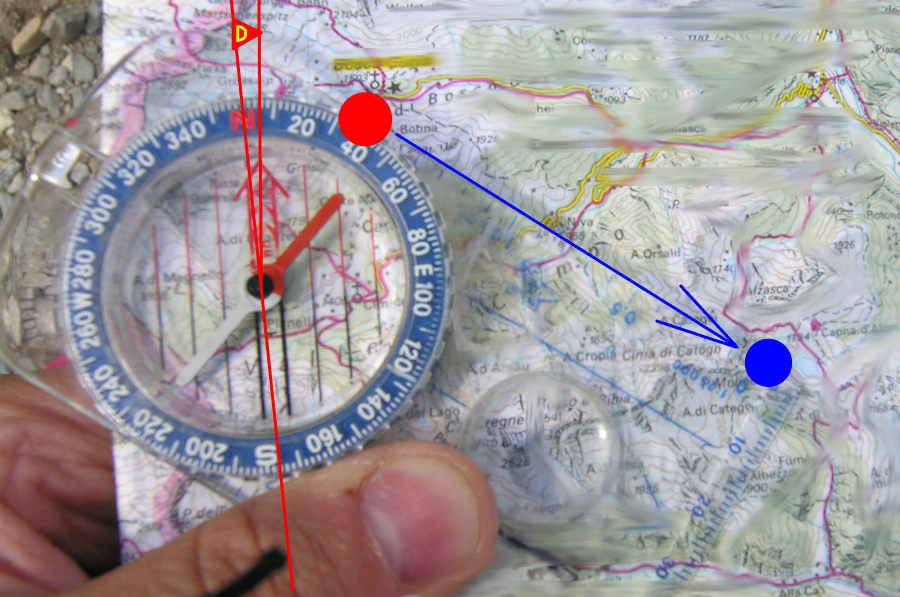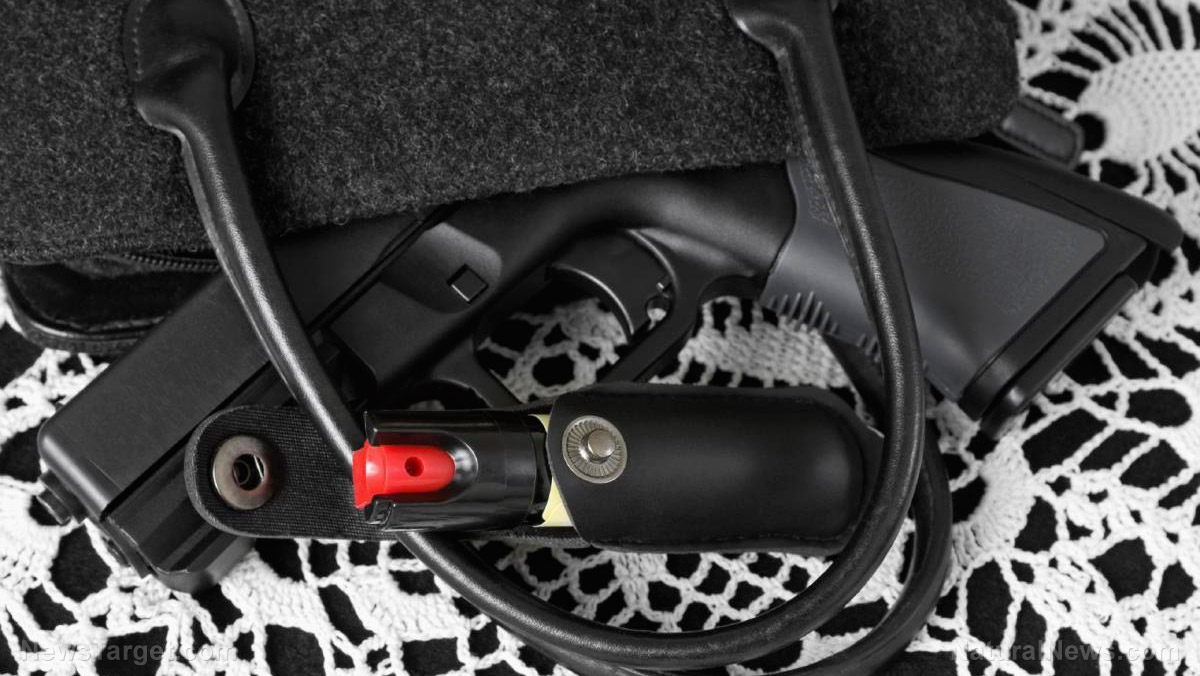Prepare for inflation-induced shortages by stocking up on these essentials
02/15/2022 / By Arsenio Toledo

America is about to enter a period of hyperinflation. During this time, the amount of essential goods people will be able to purchase using their hard-earned dollars will rapidly decrease. Before the prices spiral too far out of control, people need to start thinking about the supplies they need to buy before their budgets can no longer handle it. Here are some of the most essential purchases people need to make before it’s too late. (h/t to TheSurvivalMom.com)
Dry and freeze-dried goods
Perhaps one of the most important items people need to purchase immediately and in bulk, if possible, is food. Long-lasting food makes the most sense for people preparing for a potential scenario wherein their monthly budgets can no longer fully sustain them.
The best long-lasting foods people can buy right now are dry and freeze-dried goods, as their shelf life ensures people will have enough supplies to weather disasters.
The supply of many foods that can be dried or freeze-dried, such as pasta, rice, beans, spices and certain fruits, vegetables and meats, are very fragile. The supply chain crisis America is still dealing with has made the situation worse, and some experts are already warning that some of these products might not be found anywhere for some time.
Canned foods
Other than dry and freeze-dried foods, canned foods are also very important to stockpile. People worried about hyperinflation should look to purchase enough canned food, including canned vegetables like corn, peas, carrots and beans.
These individual ingredients require more work to turn into full meals, but what they do is help expand a person’s meal options so they don’t have to eat the same food every day.
Baking supplies
The stocks of baking supplies like flour, yeast, sugar, baking soda, salt and eggs are also very precarious, especially with the ongoing supply chain crisis. There is also the strong possibility their prices will surge in the next few months.
Seeds
Perhaps one of the best things people can do to ensure that they have enough of food on their table throughout this hyperinflationary period is to buy seeds and learn how to grow food.
Gardening is a very time- and labor-intensive process, but all this effort will be worth it and could mean the difference between being short on food and having enough to weather a crisis.
Other important supplies
It is difficult to predict with 100 percent certainty what goods will be affected by this coming hyperinflationary period. But the trends from the past two or so years could help people get an understanding of what products will be most affected.
The shortage in guns and bullets, for example, has made their prices surge. Families that are worried about their safety should stock up on firearms and ammunition as soon as they are able.
Other products that people should consider stocking up on include meat, potatoes, paper products, car parts and tires.
People should also consider investing in inflation hedges like gold and silver, inflation-resistant stocks and land. (Related: Want to protect your assets against inflation? Consider owning precious metals like gold and silver.)
More related stories:
EPIC FAIL: Biden’s first year in office marred by worst annual inflation in four decades.
Food shortages are starting to lead to rationing… Are you prepared?
Inflation and Biden economic policies forcing more Americans to turn to food banks.
Watch this episode of the “Health Ranger Report,” a podcast by Mike Adams, the Health Ranger, as he talks about how food scarcity can be used as an opportunity to awaken millions to the truth.
This video is from the Health Ranger Report channel on Brighteon.com.
Learn more about preparing for food shortages at FoodSupply.news.
Sources include:
Submit a correction >>
Tagged Under:
baking supplies, canned goods, dry goods, economic collapse, food collapse, food freedom, food supply, freeze-dried goods, Gear, hyperinflation, preparedness, prepper, prepping, shortages, survival, survival gear, survivalist, tips
This article may contain statements that reflect the opinion of the author
RECENT NEWS & ARTICLES
COPYRIGHT © 2018 SURVIVALGEAR.NEWS
All content posted on this site is protected under Free Speech. SurvivalGear.news is not responsible for content written by contributing authors. The information on this site is provided for educational and entertainment purposes only. It is not intended as a substitute for professional advice of any kind. SurvivalGear.news assumes no responsibility for the use or misuse of this material. All trademarks, registered trademarks and service marks mentioned on this site are the property of their respective owners.







